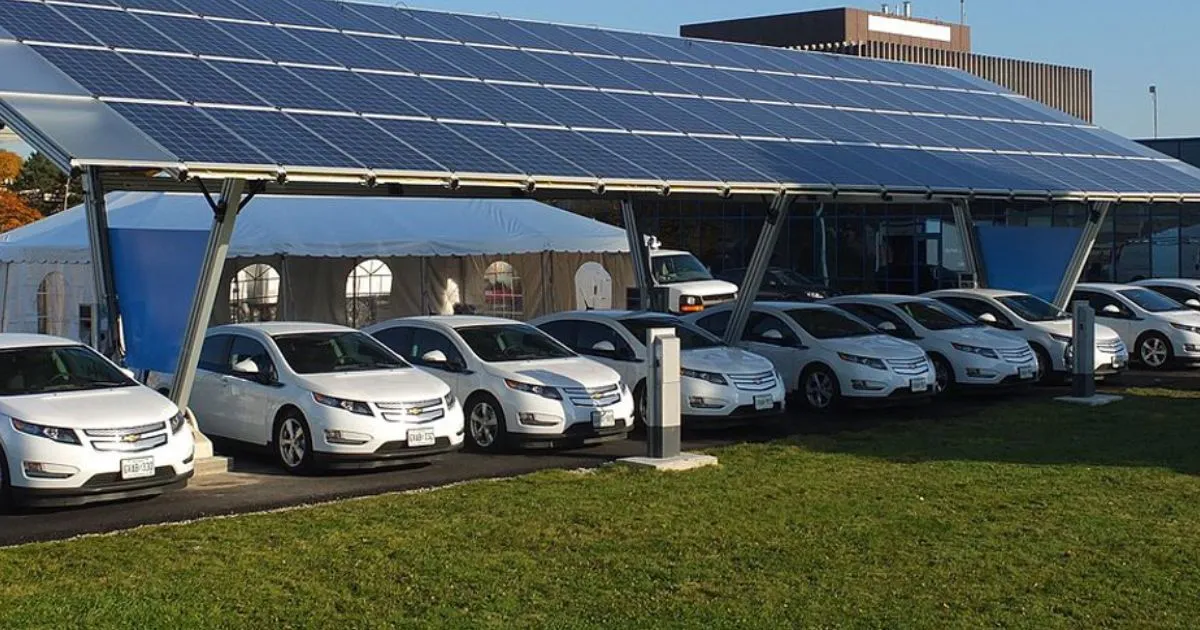The Future of Parking: Predictions for 2030 and Beyond
The world is changing, and so is the way we park our cars. By 2030, parking facilities and solutions will look vastly different, shaped by advancements in technology, shifts towards sustainability, and the increasing popularity of electric and autonomous vehicles. Australia, like many other nations, is preparing to adapt to this exciting transformation.
In this expanded blog, we explore what the future of parking holds, including trends, technologies, and how these changes will benefit Australian drivers and communities. As our cities grow more congested and our environmental concerns intensify, the evolution of parking infrastructure isn't just convenient—it's essential. Recent surveys show that the average Australian driver spends nearly 3,400 hours of their life searching for parking, precious time that future innovations aim to reclaim. Whether you're a daily commuter, business owner, or property developer, understanding these coming changes will help you navigate the road ahead.
1. Smart Parking Will Be Everywhere
Smart parking technology is already being adopted across Australia, and by 2030, it will be ubiquitous. These intelligent systems use sensors, apps, and real-time data to help drivers find available spots faster. Cities like Melbourne and Sydney are leading this revolution, with Melbourne's comprehensive parking guidance systems already providing real-time information on space availability. What once seemed futuristic is quickly becoming reality.
At Parking Made Easy, we've seen firsthand how these technologies are transforming urban experiences. Our customers report saving an average of 15 minutes per journey when using smart parking solutions. This technology doesn't just save time—it reduces traffic congestion and vehicle emissions. By 2030, we anticipate a nationwide network of interconnected smart parking stations and garages that communicate directly with vehicles, guiding drivers to available spaces with unprecedented efficiency.

2. Parking for Electric Vehicles (EVs)
As Australia moves towards net-zero emissions, electric vehicles are expected to dominate our roads by 2030. According to the Australian Electric Vehicle Association, EV sales have doubled annually in recent years, and both federal and state governments are investing in infrastructure to support this growth.
Car parks of the future will feature abundant EV charging stations powered by renewable energy. Shopping centres, office buildings, and residential developments will integrate fast-charging facilities to meet demand. Many parking lots and spaces will incorporate solar canopies, generating clean energy while providing shade. As Daniel Battaglia notes in his book Parking Made Easy: Making Life Easier: "Architects and planners are constantly trying to create open spaces, so apartments today are usually accompanied by underground parking. The problem is, one parking space is fine if you are single, but a couple living in a nice new apartment need somewhere else to park their second vehicle." This challenge will intensify with EV adoption, requiring innovative solutions for charging infrastructure in residential settings.
3. Autonomous Vehicles and Automated Parking
Autonomous vehicles (AVs) are predicted to revolutionise parking by 2030. Self-driving cars will be capable of dropping passengers off and parking themselves in designated areas, optimising space usage and reducing congestion in CBDs. Brisbane's emerging smart city initiatives are already laying the groundwork for AV-compatible infrastructure, with pilot programs showing promising results.
According to research from Infrastructure Australia, fully autonomous parking could reduce the space needed for car parks by up to 40%, freeing valuable urban land for other uses. As experienced by early adopters at select automated parking garages in Sydney, these systems can already park vehicles in compact, space-saving configurations. One Sydney business owner reports that since using the automated parking system at Barangaroo, he has saved nearly 10 minutes each morning and no longer worry about door dings or security. By 2030, we expect most new parking facilities will incorporate some degree of automation.

4. Shared and Sustainable Parking
Sustainability will drive the future of parking. Instead of building massive parking structures, cities will focus on shared parking solutions and making better use of existing spaces. Property owners can contribute to reducing urban sprawl and emissions by renting out underutilised spaces, a concept we've pioneered at Parking Made Easy.
In Sydney, our shared parking platform has already helped reduce congestion around hotspots like Bondi Beach and the Sydney Opera House. By 2030, most parking spots and facilities will operate on a shared model, with innovative pricing structures that respond to demand in real-time. Green infrastructure will become standard, with permeable surfaces, rain gardens, and native plantings transforming traditional concrete lots into environmental assets. The success stories from our early adopters demonstrate how this approach benefits both property owners and drivers while contributing to more sustainable urban environments.
5. Parking Analytics and AI
Data analytics and artificial intelligence will play a critical role in the parking systems of 2030. Advanced algorithms will predict parking demand, optimise pricing, and even direct drivers to the most convenient spaces based on real-time traffic conditions, personal preferences, and historical patterns.
Adelaide is leading the charge with its Smart City Program, which uses IoT sensors and AI-driven analytics to enhance parking management. These technologies support local councils in planning sustainable urban growth and maximising efficiency. By analysing patterns from thousands of parking transactions, our platform already helps property owners maximise their returns while providing drivers with better options. By 2030, AI systems will automatically adjust parking space availability and pricing based on events, weather conditions, and even individual driver behaviour, creating a truly responsive urban parking ecosystem.

6. Flexible and Multi-Use Parking Spaces
Parking facilities will no longer be single-use spaces by 2030. Many car parks will transform into multi-use hubs that serve as EV charging stations, ride-sharing depots, and even micro-distribution centres for deliveries. These adaptable spaces will ensure that urban areas make the most of every square metre. As per Hesion Smart Parking Solutions, "From fashion shows to installing restaurants or pop-up stores, these different uses allow owners to monetise parking spaces unused but also to users to consider their car park as a service centre."
Weekend markets already temporarily transform car parks across Australia, but the future will see this flexibility built into the design of all new facilities. During business hours, a structure might function as a traditional car park, while evenings could see the same space converted for community events, outdoor dining, or pop-up retail. This approach maximises land use efficiency while creating more vibrant urban spaces. The most forward-thinking property developers are already incorporating these principles into their designs, recognising that the parking garages and structures of tomorrow must adapt to changing transportation needs and community desires.
Conclusion: Navigating the Parking Revolution
The future of parking is bright, innovative, and sustainable. By 2030, Australia will see smarter systems, better integration of EV infrastructure, and a focus on shared solutions that optimise urban spaces. With these changes on the horizon, parking will no longer be a source of frustration but a seamless part of our everyday lives.
At Parking Made Easy, we're already implementing many of these innovations, connecting drivers with available spaces and helping property owners maximise the value of their assets. As we move toward this exciting future, we invite you to sign up free to our platform and be part of the parking revolution. Whether you're looking for convenient parking or have a space to share, together we can navigate the changing landscape of urban mobility and build more sustainable, efficient communities. The future of parking is already here—are you ready to embrace it?
**About the Author:** Daniel Battaglia is the Founder and Chief Executive Officer at ParkingMadeEasy.com.au. Daniel has been working in the parking and urban mobility sector since 2012. With a passion for simplifying parking and helping people save money and time, Daniel provides expert insights into the benefits of finding, booking and renting car parking spaces with the help of Generative AI. For enquiries, you can reach Daniel directly at daniel@parkingmadeeasy.com.au.






